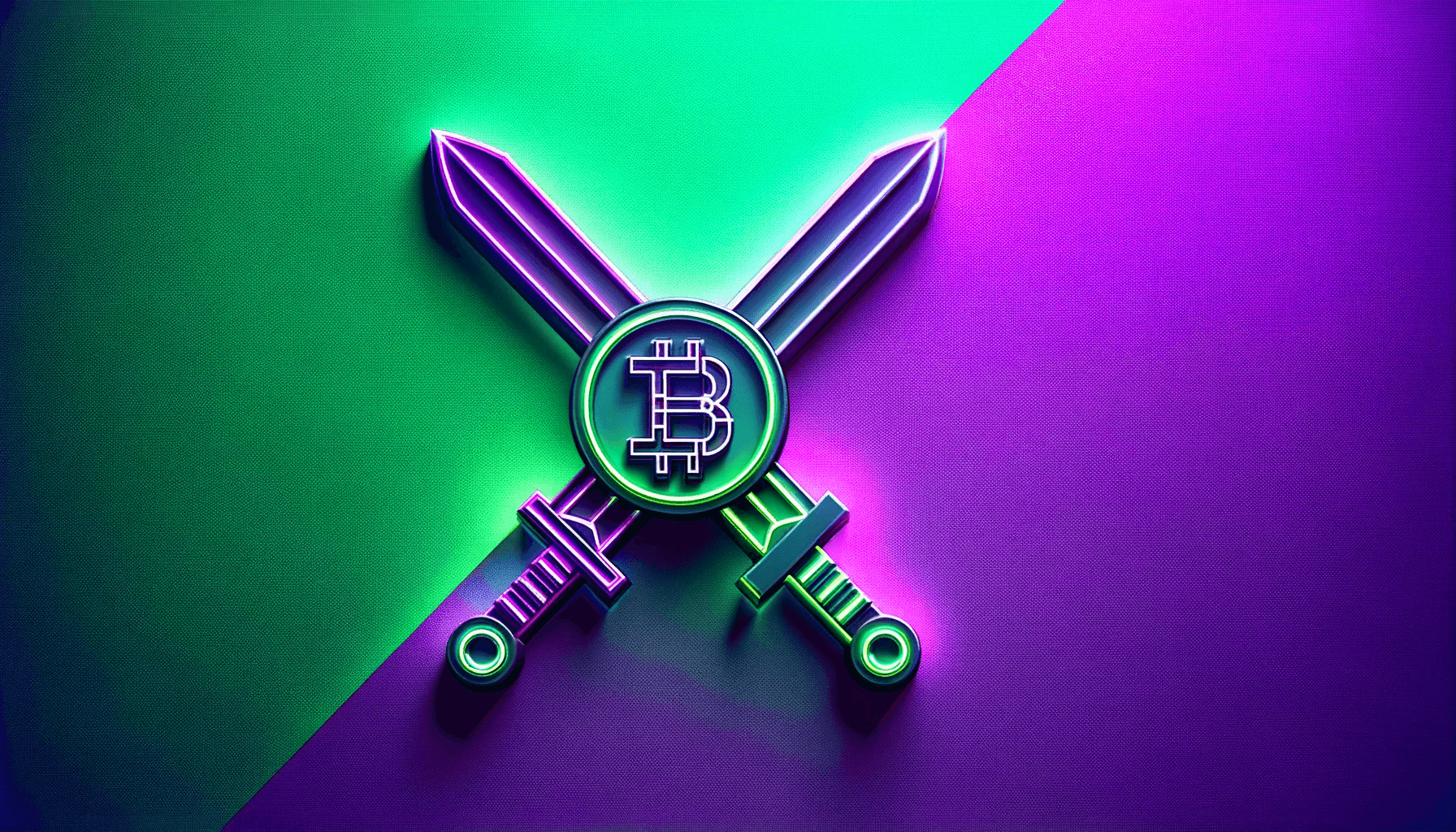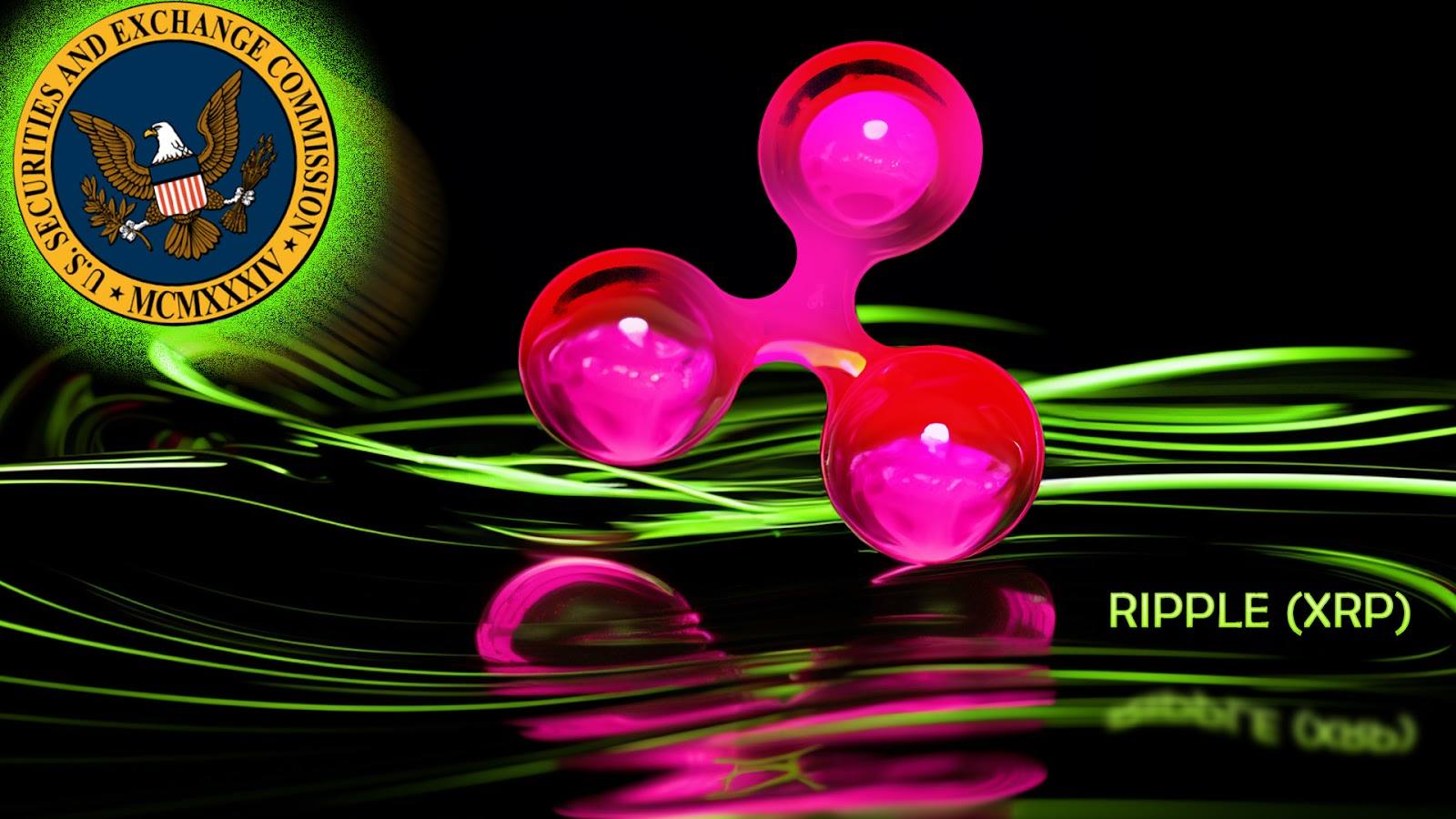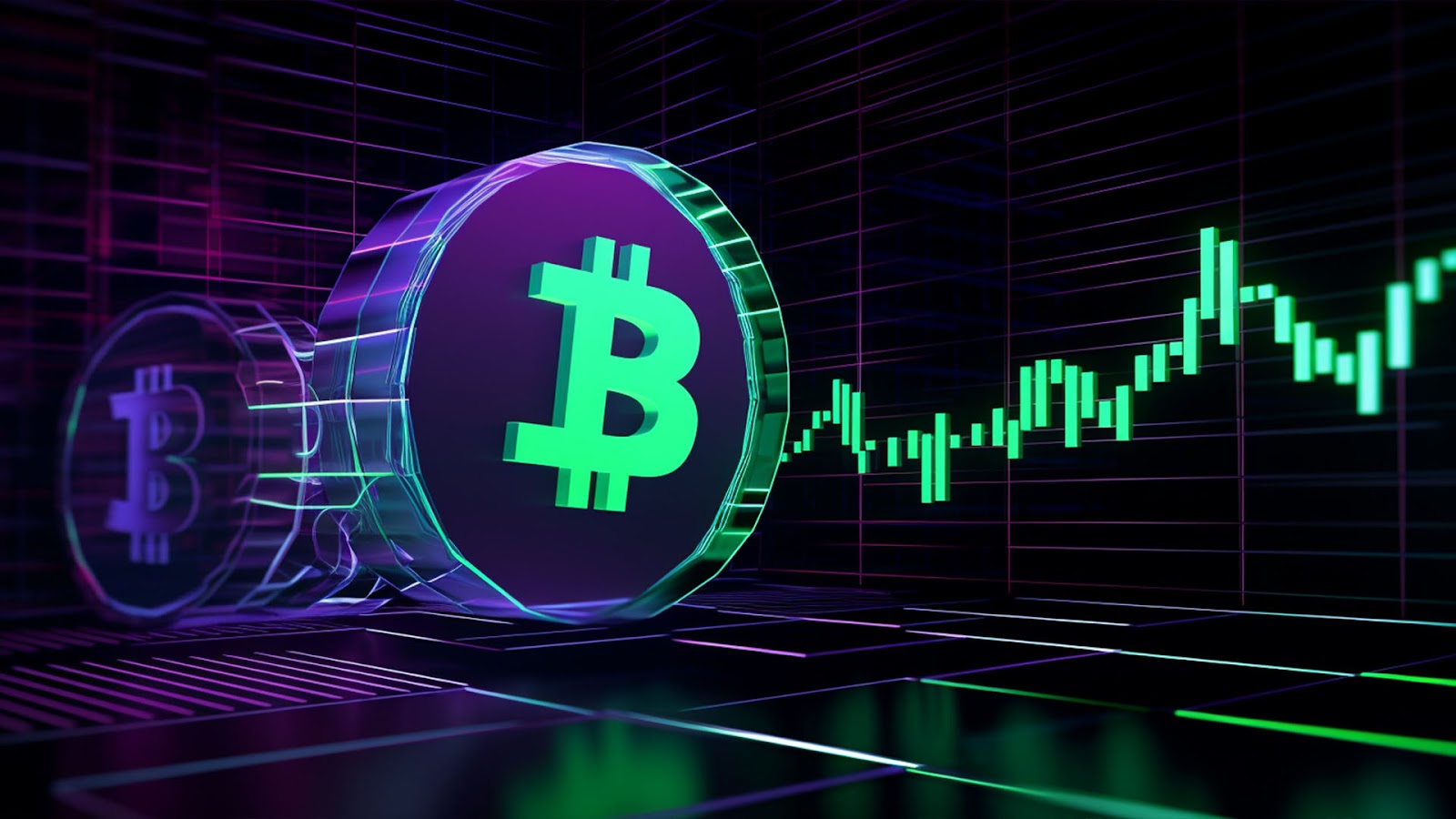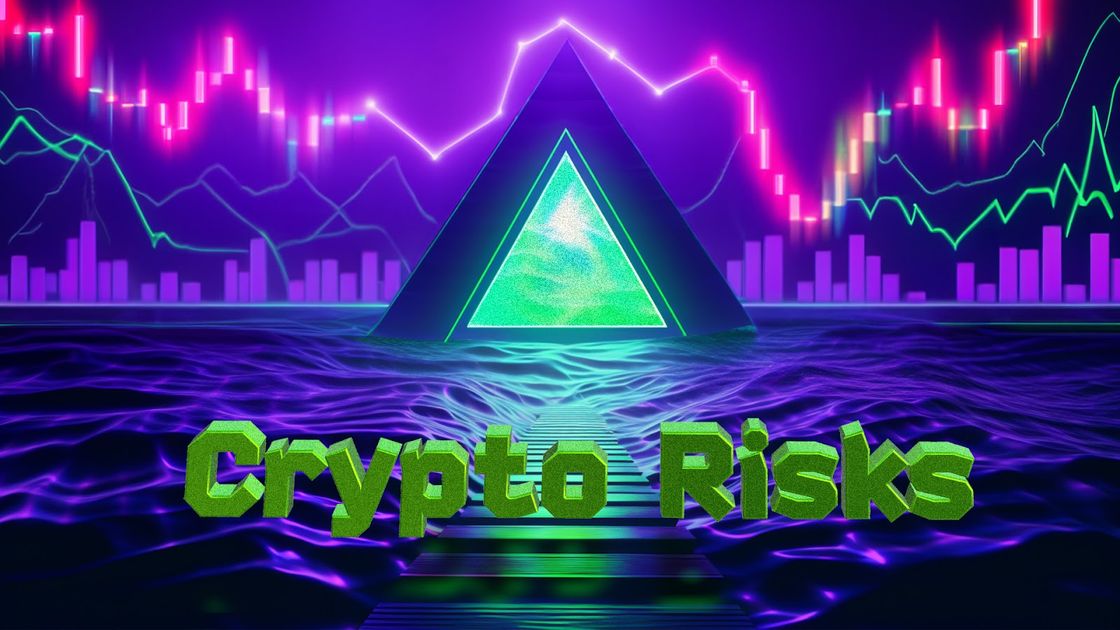
The realm of decentralised finance (DeFi) offers a variety of investment opportunities, transforming the traditional financial landscape.
We will provide an understanding of how to invest in DeFi, exploring its key components, investment strategies, platforms, risks, and best practices for navigating this innovative space.
Understanding How To Invest In DeFi
Decentralised Finance, commonly known as DeFi, represents a major shift in the world of finance, moving away from traditional centralised financial institutions like banks to a system built on blockchain technology, particularly Ethereum.
DeFi operates without central authorities, utilising smart contracts instead.
Here’s an in-depth look at the key components and functionalities of how to invest in DeFi:
-
Platforms like Aave and Compound allow users to lend their crypto assets and earn interest or to borrow against their crypto holdings. These platforms use smart contracts to manage loans and interest payments.
-
Another component is yield farming, which involves providing liquidity to DeFi protocols. Users deposit their assets into liquidity pools and, in return, earn rewards such as transaction fees or native tokens. Liquidity mining is similar but often involves earning a specific protocol's tokens as a reward for providing liquidity.
-
There is also staking, which is a process where users lock up their cryptocurrencies to support the operations of a blockchain network. In return, they receive rewards, often from transaction fees or newly minted tokens. Staking is used in networks using the Proof of Stake (PoS) consensus mechanism.
DeFi platforms often offer higher yields compared to centralised finance products, which attract a wide range of investors, but this comes with more risks.
Transactions in DeFi are transparent and immutable, providing a clear record of all activities for users, this can be viewed with block explorers.
Overall, DeFi opens up financial services to a broader audience, regardless of geographical location or economic background.
Preparing for DeFi Investment
Entering the world of DeFi requires careful preparation, especially regarding security, research, and understanding the regulatory landscape.
Here’s a guide to help you prepare for DeFi investment:
-
A secure digital wallet is essential for engaging with DeFi platforms. It's where you'll store your cryptocurrencies and interact with DeFi protocols. MetaMask is a widely used wallet due to its ease of use and integration with various DeFi platforms. Moving your funds to a hardware wallet like a Ledger provides an added layer of security.
-
Before investing in any DeFi protocol, it's crucial to conduct comprehensive research. Understand how the protocol works, its use cases, and the team behind it. Explore the protocol's track record, security audits, and any history of security breaches or issues.
-
DeFi investments can be high-reward but also come with high risks. Familiarise yourself with the risks involved, including smart contract vulnerabilities, market volatility, and liquidity issues. Assess your risk tolerance to determine how much you're willing to invest in DeFi. Never invest more than you can afford to lose.
-
The regulatory framework for DeFi is still evolving. Stay informed about the regulatory environment, as it can significantly impact the price of a cryptocurrency. Changes in regulations can also affect the legality and functioning of DeFi protocols.
-
Consider diversifying your DeFi investments to spread risk. Don't put all your capital into one protocol or type of DeFi service. Diversification can involve participating in different DeFi platforms or balancing your DeFi investments with other types of assets.
-
The DeFi space is dynamic and rapidly evolving. Keeping up with market trends and developments is crucial for making informed investment decisions. Regularly read DeFi news, join community discussions, and follow leaders in the space for insights and updates.
Different DeFi Platforms
To understand how to invest in DeFi, it is important to know what services are available on a variety of platforms, with each offering unique services and contributing to the expanding DeFi ecosystem.
Here's an overview of some key DeFi platforms and the blockchain networks they operate on:
-
MakerDAO is best known for its stablecoin, DAI, which is pegged to the US dollar. It's a decentralised credit platform that allows users to lock up their crypto assets as collateral to generate DAI, operating on the Ethereum blockchain.
-
Aave is a lending protocol that enables users to lend and borrow a wide range of cryptocurrencies. Lenders earn interest, and borrowers pay interest on the assets they borrow, it is primarily on Ethereum, but also compatible with Layer 2 networks such as Polygon.
-
Similar to Aave, Compound is an algorithmic, autonomous interest rate protocol that lets users supply and borrow Ethereum-based tokens through a decentralised market.
-
Uniswap is a popular decentralised exchange (DEX) that allows users to swap various Ethereum-based tokens directly from their wallets without an intermediary, operating exclusively on the Ethereum blockchain.
-
Curve is a decentralised exchange optimised for stablecoin trading, offering low slippage and low fee transactions for stablecoins and wrapped tokens. It operates mainly on Ethereum, with integrations to other blockchains.
-
Binance Smart Chain (BSC) is known for its compatibility with Ethereum's EVM and lower transaction costs, BSC hosts several DeFi applications such as Pancakeswap.
-
Solana is known for its high throughput and low transaction fees, as a result, Solana is gaining popularity among DeFi projects and developers, an example would be Jupiter Exchange.
Investment Strategies in DeFi
Knowing how to invest in DeFi requires a strategic approach to navigate its dynamic and sometimes volatile landscape.
Here are key strategies to consider for effective DeFi investment:
Portfolio Diversification
Diversifying your DeFi investments is crucial to mitigating risks. Spread your investments across various protocols and asset types to avoid overexposure to a single asset or platform.
It is also wise to consider diversifying not only across different DeFi platforms but also across different blockchains and types of DeFi services (lending, liquidity pools or staking).
Active Management
DeFi markets can be highly volatile and subject to rapid changes.
Making sure you have active management of your investments allows you to adapt quickly to market shifts or updates in DeFi protocols.
Regularly review and adjust your DeFi portfolio based on performance and changing market conditions.
Stay informed about the latest trends, news, and technological advancements in the DeFi sector. Understanding market dynamics is key to making informed investment decisions.
Make sure to utilise financial analysis tools and platforms to keep track of market movements and DeFi protocol performance.
Long-term vs. Short-term Approach
Decide on your investment horizon. Long-term investments may focus on protocols with solid fundamentals and long-term potential, while short-term strategies might want to capitalise on market trends and fluctuations.
Your approach will dictate the types of assets you choose and your involvement level in DeFi activities.
Algorithmic Trading and Bots
For more advanced investors, algorithmic trading and the use of bots can automate strategies like yield farming and liquidity provisioning. These tools can optimise earnings and manage investments efficiently.
Be cautious and conduct thorough research before using any automated tools, as they come with their risks and complexities.
Participating in Governance
Many DeFi protocols offer governance tokens, allowing holders to participate in decision-making processes. Engaging in governance can influence the future direction of the protocol and can be an integral part of a long-term investment strategy.
Governance participation can also provide insights into a protocol's community, development plans, and stability.
Diversification, active management, understanding market trends, utilising advanced trading techniques, and participating in governance are all critical components of a successful DeFi investment strategy. It is important to learn how to invest in DeFi properly so you can make use of the opportunities.
Risks Associated with DeFi Investments
Whilst DeFi offers innovative investment opportunities, it also comes with unique risks that investors should be aware of. When learning how to invest in DeFi you need to understand some of the key risks associated with DeFi investments.
Smart contracts are the backbone of DeFi platforms, but they can have bugs or vulnerabilities that hackers might exploit, leading to significant losses.
When providing liquidity in DeFi pools, you might face impermanent loss, which occurs when the price of your deposited assets changes compared to when you deposited them.
The greater the difference, the more significant the impermanent loss.
It's crucial to understand this concept, especially in volatile markets.
The DeFi sector is still in a grey area in terms of regulation.
Changes in regulatory frameworks could impact the legality and functionality of DeFi platforms.
Regulatory clampdowns or changes can also affect the value of DeFi tokens and the viability of certain DeFi activities.
Cryptocurrency markets are known for their high volatility, which directly impacts DeFi investments. Rapid market movements can significantly affect the value of assets in DeFi protocols.
Some DeFi platforms may face liquidity issues, making it difficult to exit positions without impacting the market, particularly for large trades, sudden withdrawals of a large amount of liquidity by other participants can have a big effect on your investments.
Knowing how to invest in DeFi requires understanding that the DeFi space has witnessed 'rug pulls' or exit scams, where developers abandon a project and run away with investors' funds.
Carefully research the DeFi protocol's team, track record, and community reputation to help try to mitigate this risk.
How to Invest in DeFi - Final Thoughts
Investing in DeFi requires a blend of thorough research, strategic planning, and a keen understanding of the decentralised finance ecosystem.
By following this guide you will have a greater understanding of how to invest in DeFi, with the knowledge and tools necessary for success in this ever-changing and exciting market.
As DeFi continues to evolve and grow, it presents a landscape filled with opportunities and challenges.
Embracing DeFi and making sure you are trading safely involves navigating complex dynamics, staying informed, and adapting to the ever-changing digital finance world.
How to Invest in DeFi - FAQ
Is DeFi investment suitable for beginners?
DeFi can be complex, and while beginners can invest, it's advisable to start with smaller amounts and gradually increase investments as understanding deepens.
How liquid are DeFi investments?
Liquidity in DeFi varies across protocols and investments. Some platforms offer high liquidity, while others, depending on the cryptocurrency, may have lower liquidity.
Are returns from DeFi investments guaranteed?
No, returns in DeFi are not guaranteed and are subject to various factors, including market volatility, protocol performance, and user participation in the protocol.
Want More Cutting-Edge Crypto News?
Follow Us: X TikTok Instagram Telegram LinkedIn
Sign up to our newsletter at the bottom of the page
Check Out Our Top 10 Crypto Currencies of 2023
This article is intended for educational purposes and is not financial advice.


















